BOOK AN APPOINTMENT
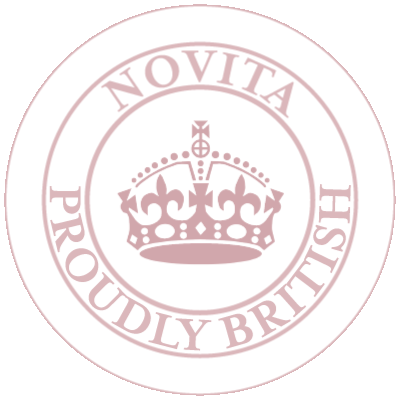

Prior to making your lab grown diamond purchase, it is essential to educate yourself and we have put together this guide to help you with that. Learn about the 4C’s (cut, colour, clarity, and carat) and how they affect the lustre, sparkle, quality, and price of a lab diamond.
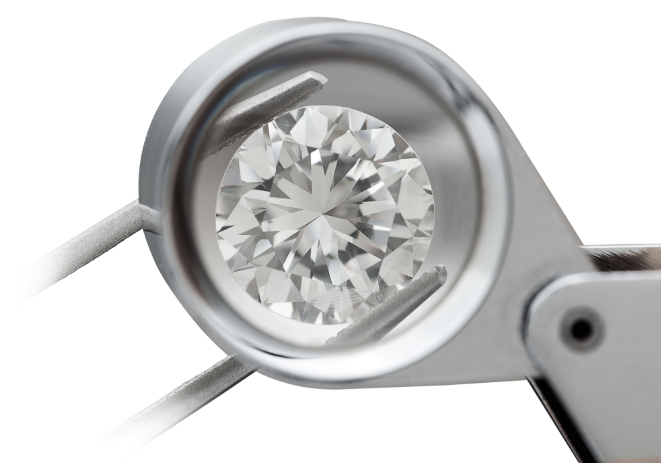
Carat and Size can often get confused by people. Carat refers to the weight of a diamond, while the size refers to the measurement of the stone in millimetres.
Let us give you some examples to help you understand more clearly. If you have a 1ct diamond that is cut very deep, the size of the diamond may look like an 0.80ct stone, while it can still weigh 1ct. If you have a 1ct diamond that is cut very shallow, the size of the diamond may look like a 1.25ct stone, while potentially weighing 1ct due to its shallowness. A well-cut diamond will look like a 1ct and also weigh 1ct.
When diamonds are cut too deep or too shallow, the diamond will not look brilliant and in some cases appear dark or empty in the centre.

How many or how few imperfections (known as inclusions) and where the inclusions occur in the stones is by definition, what clarity of a diamond actually means.
According to GIA, diamond clarity is labelled by the following chart:
What do Flawless (FL) and Internally Flawless (IF) diamonds mean? When have no visible inclusions inside the stone when looking at the stone through a 10x magnification. IF diamonds may have some surface marks (blemishes) under 10x magnification.
What do VVS1 and VVS2 clarity diamonds mean? When they have very tiny inclusions that are extremely difficult to see under 10x magnification, even to gemmologists and diamond experts. Some inclusions that may be in a VVS diamond could be pinpoints, needles, or internal graining.
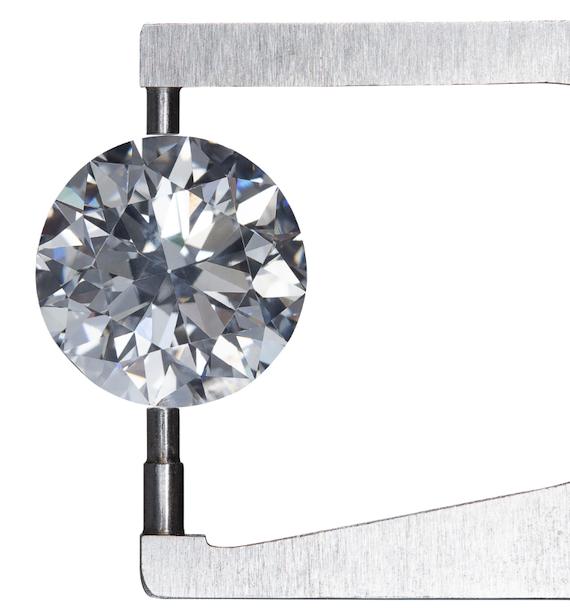
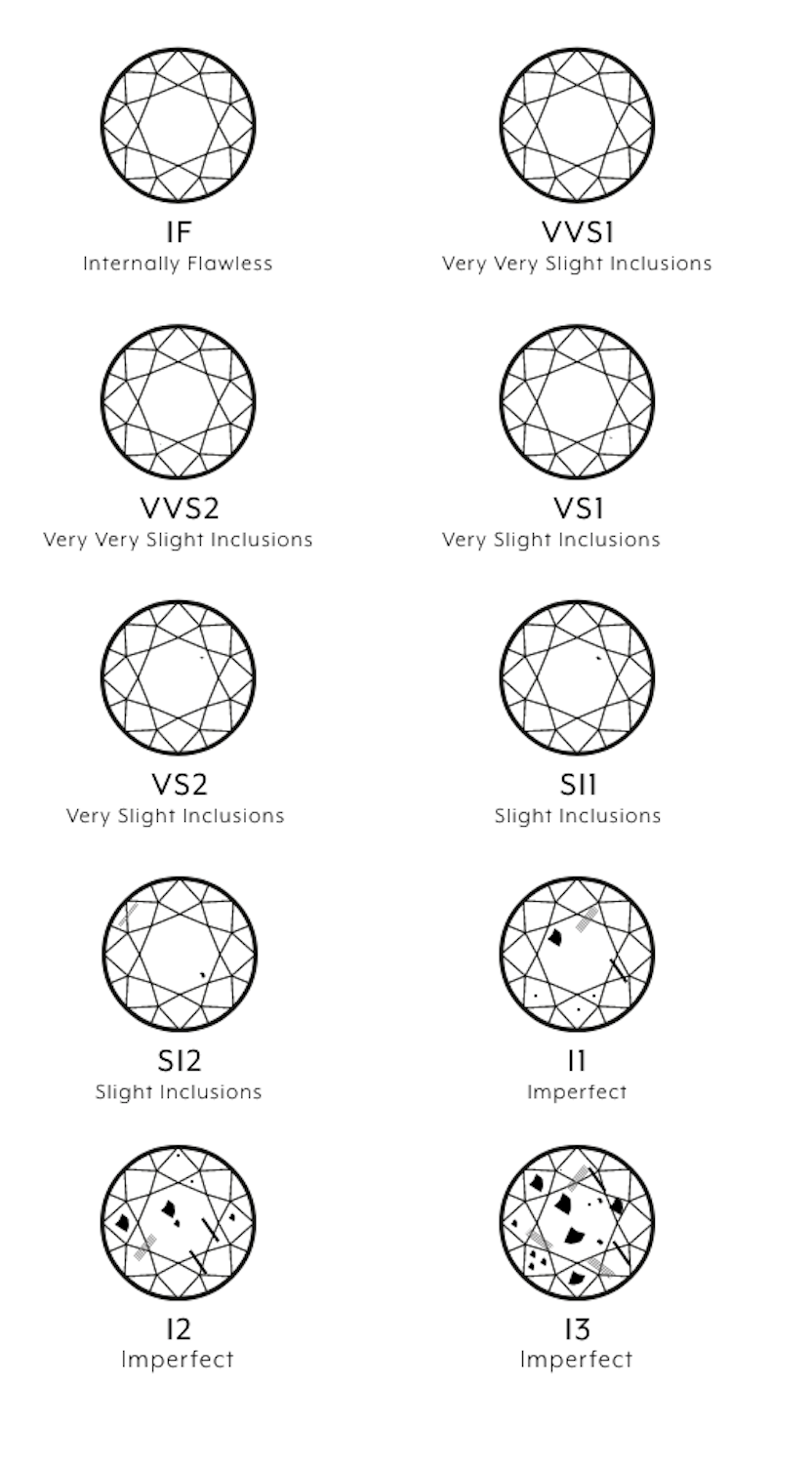
What do VS1 and VS2 clarity diamonds mean? When they have slightly larger inclusions than the VVS range. These are difficult (VS1) to somewhat easy (VS2) to see under 10x magnification. Some inclusions that might be in VS diamonds are crystals, cavities, or clouds.
What do SI1 and SI2 clarity diamonds mean? When they have larger inclusions than the VS range. To the trained eye, these inclusions are easily visible under 10x magnification. Some inclusions that might be on an SI diamond are chips, knots, and feathers
What do I1-I3 clarity diamonds mean? When they have much more pronounced inclusions. These inclusions are easily seen with the naked eye. These large inclusions may also affect the brilliance of the diamond.
Novita’s Recommendation:Our recommendation at Novita Diamonds is to always get the finest looking diamond for your budget. Therefore we recommend IF, VVS1, VVS2, VS1, VS2 and SI1 as they all have inclusions not visible to the naked eye.
This is the most simple to understand. Diamond Colour refers to how colourless the stone is. The clearer (white) the stone is, the more valuable it becomes. As we move down the scale, the diamonds start to have more colour in them such as slight tints of yellow or brown, which decreases the value of the diamond. The GIA diamond chart grades diamonds from D (colourless) to Z (light yellow or brown). GIA groups diamonds into several categories.


D,E,F (colourless)
What are D-F grade diamonds? They are grouped as colourless. This is the rarest and highest grade of diamonds available. When these diamonds are in a setting, they will all look the same to an untrained eye. To tell the difference, these stones must be loose and compared to each other on a white background. They are extremely clear and bright and have no yellow tints.
G,H (near colourless)
What are G-H grade diamonds? They are grouped as near colourless. They have a very faint tint of colour which is not very noticeable to the naked eye. When in a setting, they will appear more or less white, however when loose and compared to colourless diamonds, a very slight tint in the stones will be noticeable.
I,J (very faint colour)
What are I-J grade diamonds? They are grouped as very faint colour. These diamonds have a slightly noticeable yellow, brown or grey tint when compared to diamonds in the colourless category. Anything lower than a J colour will have more noticeable yellow, brown or grey tint in the stone.
To the untrained eye, diamonds with a 1 or 2 colour difference may look very similar.
Novita’s opinion: As D-F colour diamonds look very similar to the untrained eye, there usually isn’t a great need to get a D coloured diamond over an E or F. We believe it’s more important to look at the cut and shape.
G-H colour diamonds have are near colourless and are a good “budget stone”. With these colours you can get a much larger stone for a similar price to a smaller D-F coloured diamond.
Novita’s Recommendation:
Novita’s Recommendation: We recommend looking at stones that are D-G in colour.
The most important of the 4C’s is the cut. Cut has the biggest effect on a diamond’s appearance and the amount of sparkle, fire, and brilliance that it will have. If a diamond is not well proportioned, it may be too deep or too shallow. This means that the light which enters the stone will leak out of the bottom of the diamond instead of bouncing back up, making it lose that diamond brilliance. Diamonds that are well-cut have light entering, reflecting off all the facets of the diamond and coming straight back up, giving the diamond a scintillating appearance. Even a diamond of extremely high quality can still look dull if it lacks a high-quality cut grade.
Novita’s Recommendation: Have a stone that has Excellent to Ideal Cut.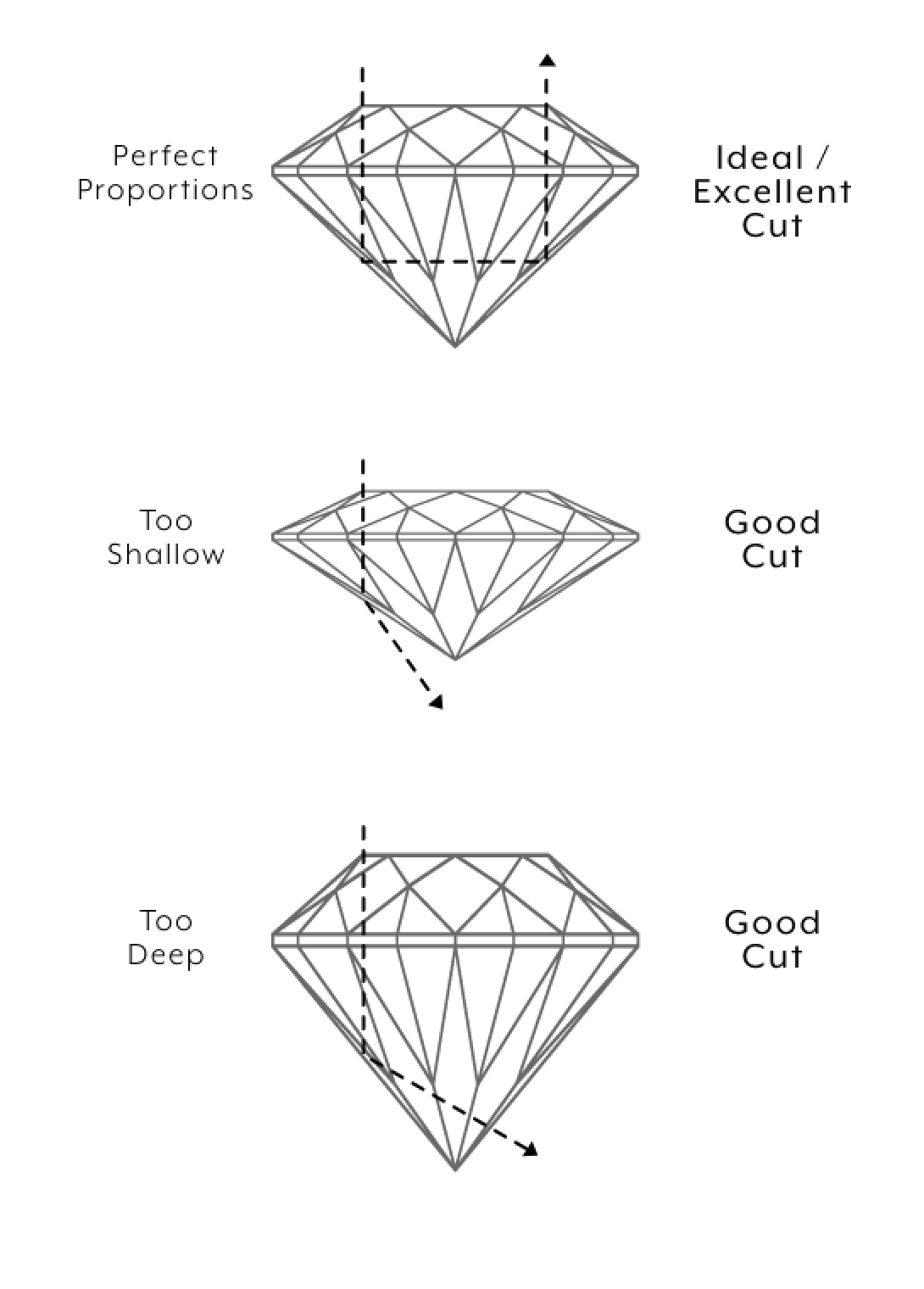
We highly recommend our customers coming into our showrooms to have further guidance on choosing the best lab created diamonds. Our showroom options have been individually hand-picked by our expert gemmologists to ensure that we only have the best quality diamonds available for you to view at your appointment and to purchase online. Our gemmologists sort through available lab diamonds and only choose the best man made diamonds in each colour and clarity category.
When on our Novita website, remember that can filter out diamonds to your liking by the 4Cs category, as shown in the image below.

You can further filter the diamonds that are available in our showroom by clicking on the 'AVAILABLE IN SHOWROOM' tab and check its availability in the 'SHOWROOM' column.
To expand your knowledge, our entire website specialises on lab diamonds and lab grown diamond rings. If you are looking for premium lab diamond rings in UK, check our catalogue of over 620 lab grown diamonds in UK.
Best Regards,
Iris Arnold
CEO and Founder